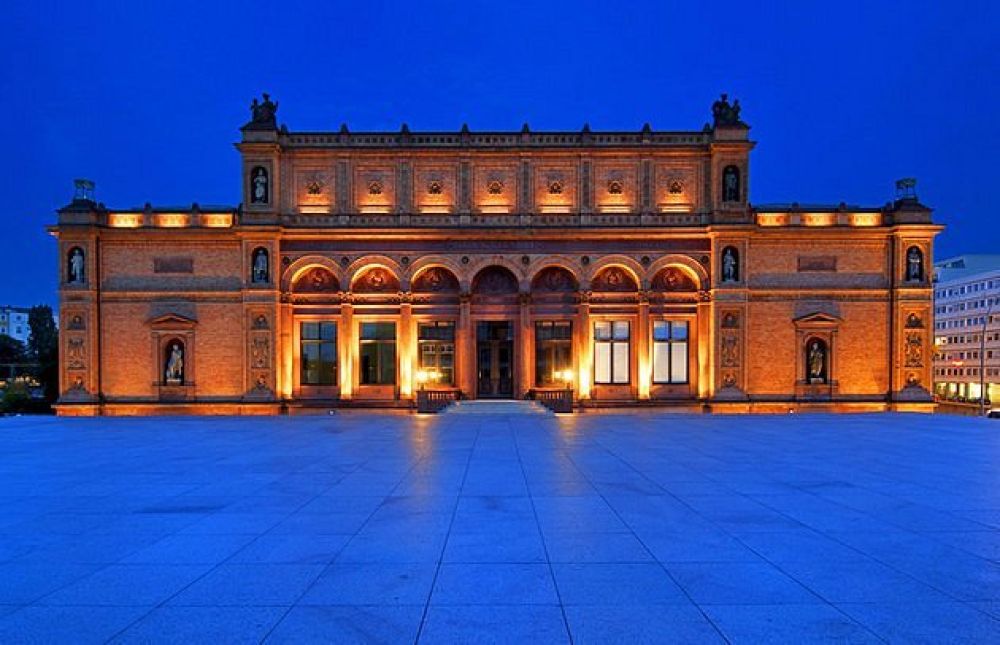

The Kunsthalle Hamburg, located in the heart of Hamburg, Germany, is one of the country's largest and most significant art museums. The museum's history dates back to 1850 when it was established by the Hamburg Kunstverein, founded in 1817. Through the passionate work of the Kunstverein and the generous support of patrons and donors, the Kunsthalle has grown into a pivotal destination for art lovers and tourists alike.
Originally constructed under the directorship of Alfred Lichtwark, the Kunsthalle's first building opened its doors to the public in 1869. Lichtwark's vision played a crucial role in establishing the museum's reputation as a major center for art and culture. Following initial success, the museum expanded with a new building, designed by architects Georg Theodor Schirrmacher and Hermann von der Hude and completed in 1919, which added a modern touch to the existing Kunsthalle.
Over the years, the Kunsthalle Hamburg has become famous for its extensive permanent collection, which spans from the Middle Ages to contemporary art. The museum has firmly established itself as a must-visit for tourists interested in Northern European and German art.
In recent years, the museum has adapted to changing tourism trends by offering a more interactive and digital experience. This includes the introduction of multimedia guides, virtual tours, and a strong presence on social media platforms to engage younger audiences and international visitors.
Furthermore, the Kunsthalle regularly hosts special exhibitions that often become cultural events, attracting art enthusiasts from around the world. The museum participates in the Hamburg CARD program, which provides discounts and encourages tourists to explore the rich cultural landscape of Hamburg, including the Kunsthalle.
Another trend in tourism at the Kunsthalle Hamburg is the focus on inclusivity and accessibility. Efforts have been made to ensure that all visitors, regardless of physical ability or cultural background, can enjoy the museum's offerings. This includes guided tours for visitors with disabilities and multilingual information brochures.
In response to an increasing interest in sustainable tourism, the Kunsthalle Hamburg has also been involved in initiatives aimed at reducing its environmental impact, tying into the broader citywide efforts to make Hamburg a green and sustainable destination for tourists.
In summary, the Kunsthalle Hamburg has witnessed a dynamic evolution in tourism patterns, managing to maintain its reputation as a premier art museum while adapting to the modern needs of tourists. Its blend of historical significance, contemporary relevance, and commitment to accessibility continues to draw visitors from around the globe and is a cornerstone in Hamburg's cultural tourism scene.